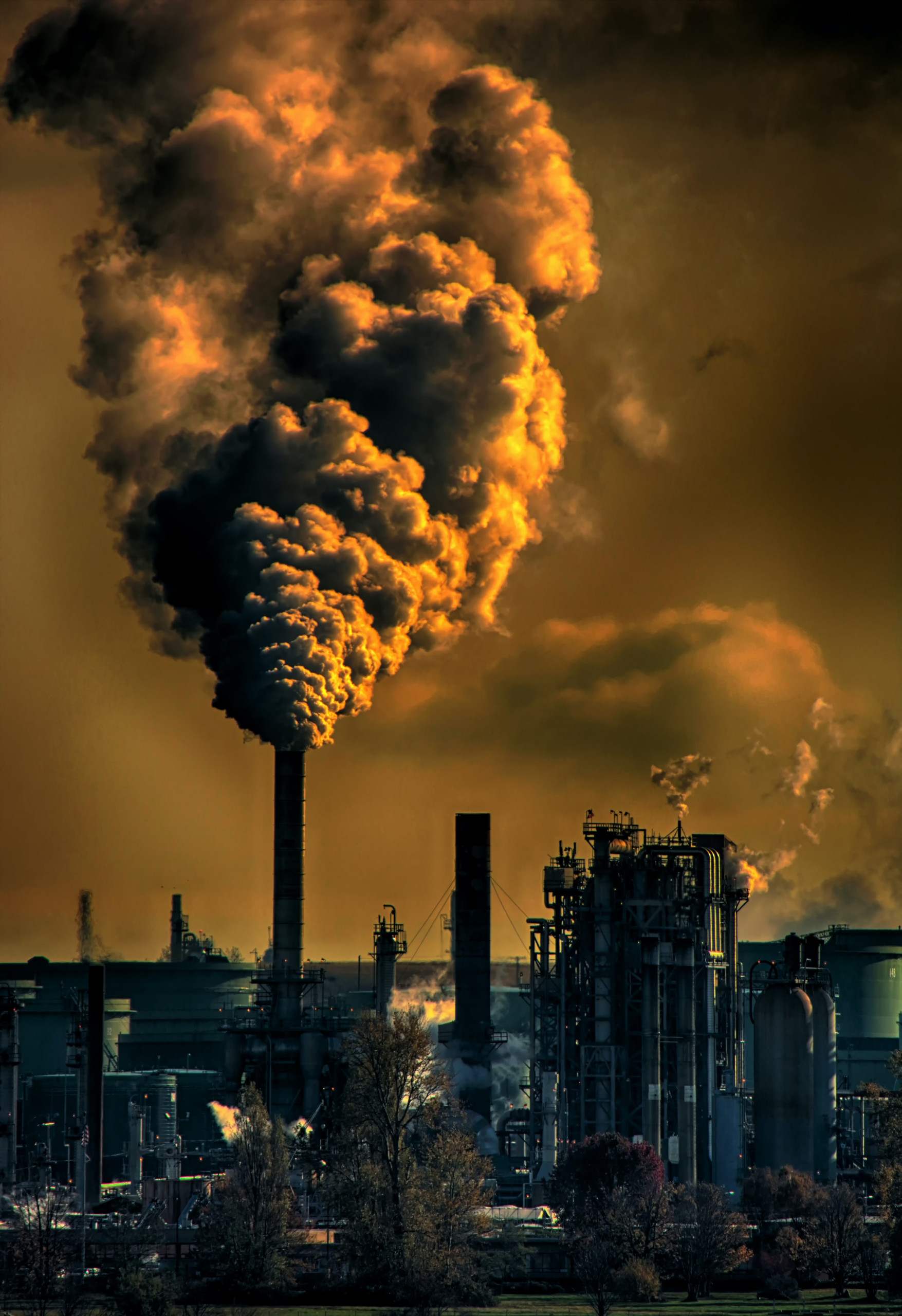Project Report: JG Pears Combined Heat and Power (CHP) Plant and Sustainable Development Goal Alignment
1.0 Project Summary
JG Pears is undertaking the development of a Combined Heat and Power (CHP) plant at its poultry rendering facility in Low Marnham, Newark. The project is designed to generate steam and electricity for on-site operational processes, with surplus electricity being supplied to the National Grid. The development and financing of the biomass plant were advised by Norton Rose Fulbright.
2.0 Alignment with Sustainable Development Goals (SDGs)
The project demonstrates a significant commitment to several United Nations Sustainable Development Goals (SDGs) through its innovative approach to energy generation and resource management.
2.1 SDG 7: Affordable and Clean Energy
- The plant will generate both heat (steam) and electricity from a sustainable biomass source, meat and bone meal (MBM), directly supporting the transition to clean energy.
- By replacing over 90 percent of fossil fuels used in the rendering process, the project substantially increases the share of renewable energy in the facility’s energy mix.
- Excess electricity supplied to the National Grid contributes to the overall clean energy capacity of the public infrastructure.
2.2 SDG 13: Climate Action
The facility’s design directly addresses climate change mitigation through a substantial reduction in greenhouse gas emissions.
- The replacement of fossil fuels with MBM is projected to save over 150,000 tonnes of carbon dioxide emissions annually.
- The use of locally sourced MBM reduces transport miles compared to existing fuel sources, further decreasing the carbon footprint associated with transportation logistics.
2.3 SDG 12: Responsible Consumption and Production
This project exemplifies principles of a circular economy and sustainable production patterns.
- It repurposes a by-product of the rendering process (MBM) as a valuable fuel source, effectively turning waste into energy.
- This ensures the sustainable management and efficient use of resources within the production cycle.
2.4 SDG 9: Industry, Innovation, and Infrastructure
- The CHP plant represents a significant upgrade to the facility’s industrial infrastructure, promoting resource-use efficiency and clean technology.
- The project is an innovative application of biomass technology within the rendering industry, fostering sustainable industrialization.
2.5 SDG 11: Sustainable Cities and Communities
- By sourcing fuel locally, the project reduces the reliance on long-distance transportation of fossil fuels, thereby lessening the environmental impact on the surrounding community and transport infrastructure.
SDGs, Targets, and Indicators Analysis
1. Which SDGs are addressed or connected to the issues highlighted in the article?
SDG 7: Affordable and Clean Energy
The project directly addresses this goal by developing a Combined Heat and Power (CHP) plant that generates electricity and steam from a sustainable fuel source (meat and bone meal), replacing fossil fuels.
SDG 9: Industry, Innovation and Infrastructure
The article describes the development of a new, sustainable energy infrastructure for an industrial facility. This represents an upgrade to make the industry more environmentally sound and resource-efficient.
SDG 13: Climate Action
A primary benefit highlighted is the significant reduction in carbon dioxide emissions, which is a key component of climate action. The project is a concrete measure to mitigate climate change.
SDG 12: Responsible Consumption and Production
The project uses meat and bone meal (MBM), a byproduct of the rendering process, as fuel. This exemplifies a circular economy approach, turning a waste stream into a valuable resource and reducing reliance on virgin materials (fossil fuels).
2. What specific targets under those SDGs can be identified based on the article’s content?
-
SDG 7: Affordable and Clean Energy
- Target 7.2: By 2030, increase substantially the share of renewable energy in the global energy mix. The article states the plant will “replace over 90 percent of the fossil fuels currently used” with MBM, a form of biomass energy, directly contributing to this target.
-
SDG 9: Industry, Innovation and Infrastructure
- Target 9.4: By 2030, upgrade infrastructure and retrofit industries to make them sustainable, with increased resource-use efficiency and greater adoption of clean and environmentally sound technologies and industrial processes. The development of the CHP plant is a clear example of retrofitting an industrial process with a cleaner, more sustainable technology.
-
SDG 13: Climate Action
- Target 13.2: Integrate climate change measures into national policies, strategies and planning. This project is a corporate-level action that aligns with and contributes to broader climate change mitigation strategies by reducing greenhouse gas emissions.
-
SDG 12: Responsible Consumption and Production
- Target 12.5: By 2030, substantially reduce waste generation through prevention, reduction, recycling and reuse. The project reuses MBM, a byproduct, as fuel, effectively reducing a waste stream and giving it a new purpose.
3. Are there any indicators mentioned or implied in the article that can be used to measure progress towards the identified targets?
-
For SDG 7 (Target 7.2):
- Indicator: The percentage of fossil fuels replaced by a renewable alternative. The article explicitly states the facility “will replace over 90 percent of the fossil fuels currently used”.
-
For SDG 13 (Target 13.2):
- Indicator: The total reduction in greenhouse gas emissions per year. The article provides a precise figure: “saving over 150,000 tonnes of carbon dioxide per year”.
-
For SDG 9 (Target 9.4) & SDG 13 (Target 13.2):
- Indicator: Reduction in emissions from transport. The article implies this by stating that MBM can be “sourced more locally… which in turn reduces carbon emissions from transport and transport miles.”
-
For SDG 12 (Target 12.5):
- Indicator: The utilization of industrial byproducts as a resource. The core concept of the project, burning “meat and bone meal” as fuel for the plant, serves as a qualitative indicator of waste reuse.
4. Create a table with three columns titled ‘SDGs, Targets and Indicators” to present the findings from analyzing the article.
| SDGs | Targets | Indicators |
|---|---|---|
| SDG 7: Affordable and Clean Energy | 7.2: Increase substantially the share of renewable energy in the global energy mix. | Replacement of over 90% of fossil fuels with MBM (biomass). |
| SDG 9: Industry, Innovation and Infrastructure | 9.4: Upgrade infrastructure and retrofit industries to make them sustainable… with greater adoption of clean and environmentally sound technologies. | Development and financing of a biomass CHP plant for an industrial facility. |
| SDG 12: Responsible Consumption and Production | 12.5: Substantially reduce waste generation through… reuse. | Use of meat and bone meal (a byproduct) as a sustainable fuel alternative. |
| SDG 13: Climate Action | 13.2: Integrate climate change measures into… planning. | Saving over 150,000 tonnes of carbon dioxide per year; Reduction in transport emissions due to locally sourced fuel. |
Source: nortonrosefulbright.com







